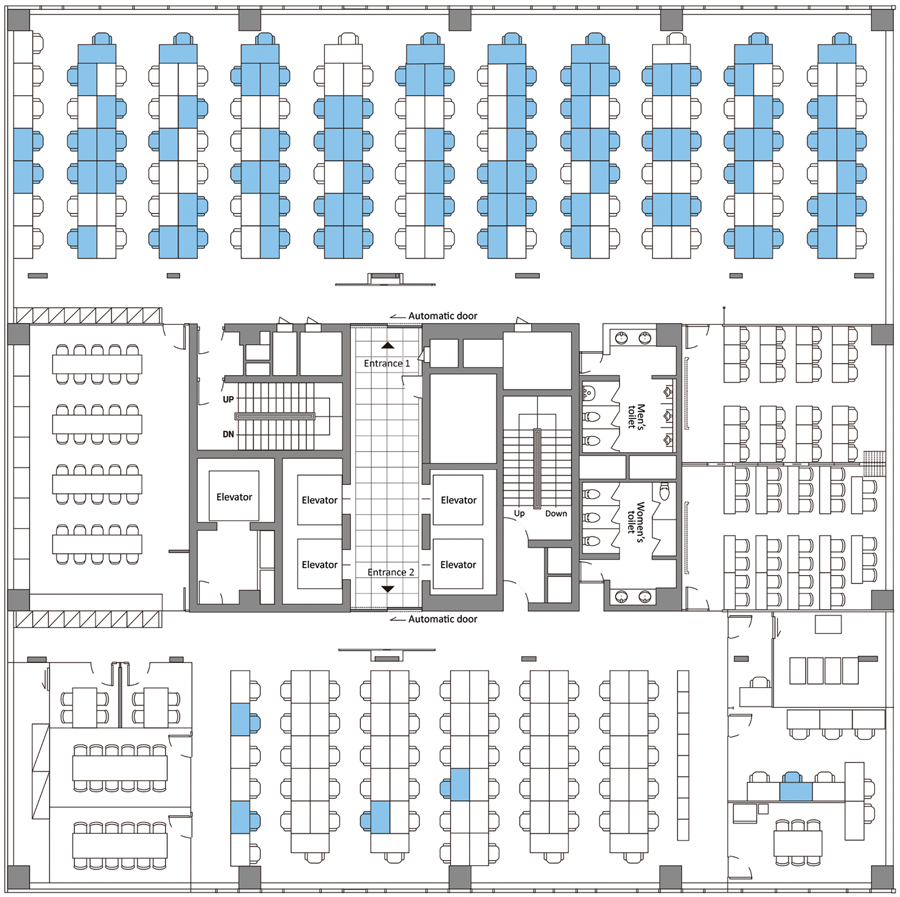EVNow
Well-Known Member
Open seating office is the worst for Covid containment.
Early Release - Coronavirus Disease Outbreak in Call Center, South Korea : COVID19

Early Release - Coronavirus Disease Outbreak in Call Center, South Korea : COVID19



